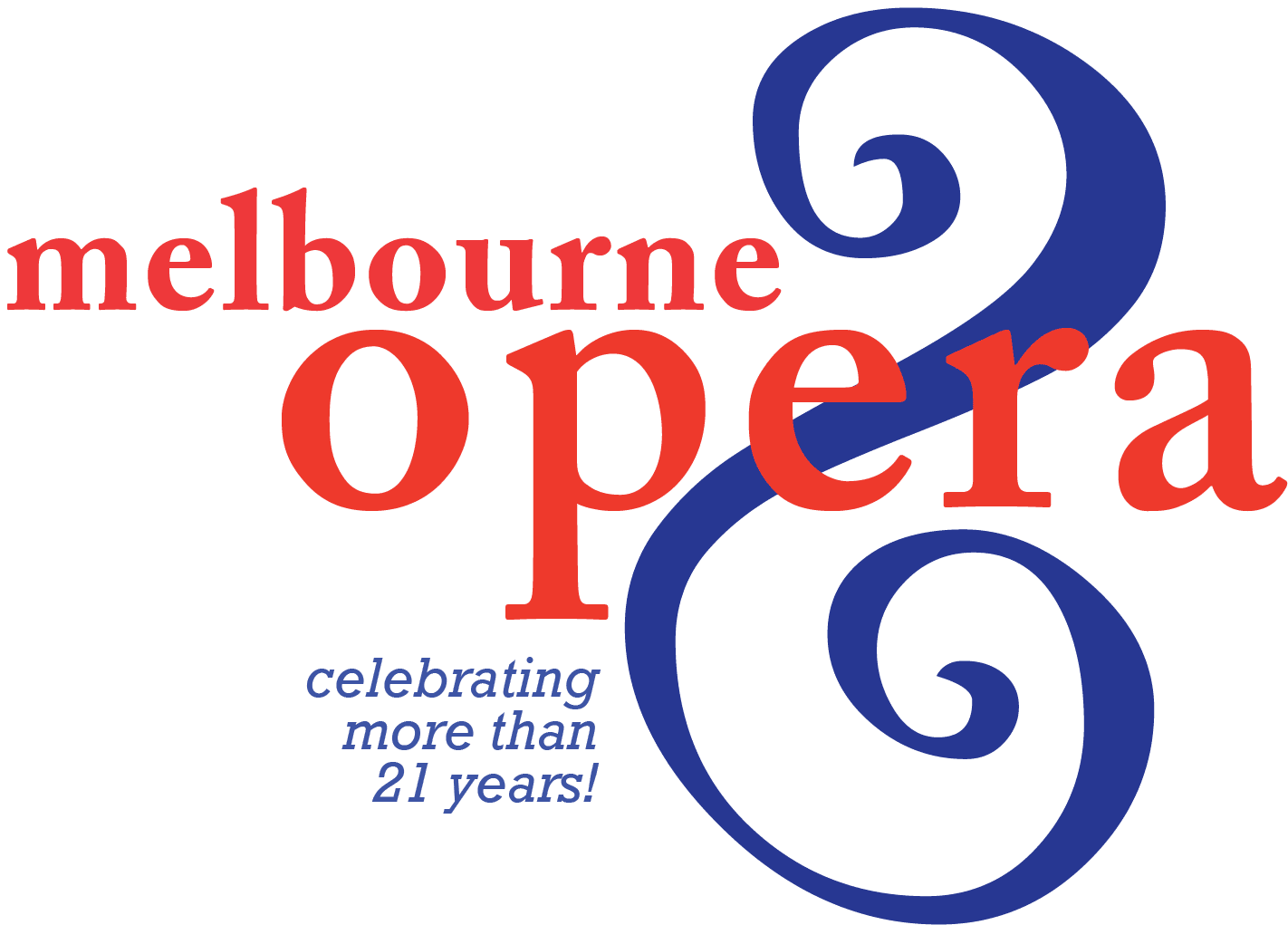Tristan and Isolde presents a particular challenge to a director. It is led by emotion and sensuality more than narrative logic. Real and theatrical time is slowed down for us to explore the inner lives of the characters. As I was making my preliminary study of the work I found myself responding to the pure feeling in the music, which does what music does best, expressing the inner workings of the soul through its universal language. Tristan and Isolde moves far beyond a love story. The device of a love potion takes the protagonists to the outer limits of love, which becomes a type of ecstatic expression of the human condition. The extraordinary form and miasmic, restless shifting and questioning of the music leads the audience into an altered state.
The ‘inner and outer’, expressed as night and day in the opera, is at the philosophical core of the work. Night is the inner consciousness, the ultimate reality, whereas day is the outer material world that constantly intrudes upon the protagonists. In Act I the sailors sing reminding us of the impending arrival to an inevitable destination, punctuating key dramatic moments. Reality crashes in at the most dramatic and intimate moment in Act II when the betrayed King Marke, led by Tristan’s jealous friend, Melot, discovers the lovers. The outcome of Marke and Melot’s discovery enables passage to the transfiguration of the final act, providing the answer to the endless striving and yearning which is the motor that drives the piece forward.
Love in its many forms is explored within the opera. The love of Tristan for King Marke, and King Marke for Tristan, like a son to his father and a father to his son, exaggerating the sense of betrayal because Marke more or less adopted the parentless Tristan and Tristan had felt forever in his debt. Also Brangäne’s love for her mistress, that cannot allow her to give her a death potion on her command and Kurwenal’s steadfast devotion to his “hero” and friend Tristan. None of these loves come near the irresistible force, the tsunami of passion that Tristan and Isolde feel for one another.
Tristan was born into sadness (his name from the root ‘tristis’ in Latin), his mother dying just after giving birth to him soon after she heard his father had died in battle. She just had time to name him in memory of the sadness his was born into, kissed him on the forehead and then she passed away. A large part of the relationship of Tristan and Isolde takes place before our opera begins. They fell in love when Isolde treated Tristan for a near mortal wound he received killing her Irish betrothed, Morold. She did not recognise Tristan as the murderer of Morold at first (he had assumed the name Tantris), and when she did, she looked into his eyes and they “saw’ each other, so even though she could have killed him then and there, she did not. She set him free. He returned to his uncle in Cornwall, King Marke, who was under pressure to marry again after the death of his first wife. Tristan went back to Ireland and won the hand of Isolde, for her to marry King Marke and bring about an alliance between these enemy lands, Ireland and Cornwall. Tristan takes Isolde from her homeland and he never really lives in his. A powerful device is employed at the beginning of the
first scene of the first act when the disembodied voice of a sailor (a journeyman) sings unaccompanied, so that the words linger “my Irish child, where are you now?” – this question of home, or, even stronger in German, “heimat” for these displaced, homeless and lost characters is only answered at the end of the opera.They are each other’s home. Never has anything felt more complete than the final notes of the ‘Liebestod’.
Inspiration for our setting of the work has come from Wagner’s own approach to the story of ‘Tristan’. Wagner took the ancient Celtic myth as told by poet Gottfried von Strassburg and stripped it of all extraneous characters and incidents to concentrate on the essential psychology of the characters Tristan and Isolde. We are taking a similarly ‘minimalist’and modern approach with a world that is poetic, symbolic and non prescriptive. We are not set in a particular period, as we want to reflect the timeless qualities of the opera. There is, however, a suggestion of Romantic period. We did not want the quaintness of medievalism or any modern gimmickry. Our use of macro, ultra slow-motion video footage is also reflective of the form of Wagner’s storytelling.
Our inspiration for the video design is elemental. Act I, as per the libretto, is “at sea” both literally and metaphorically. Act I is also the most traditional act from a dramatic point of view while the story is set up. From the moment Tristan finally enters the same space as Isolde, which we wait to happen for several scenes, we feel time change, everything slows down whilst the characters play out a kind of dance with death, fighting their inner passionate feelings with external bitterness, pain and even diffidence until they drink the potion. This potion is prepared by the hapless Brangäne, who is placed in the dreadful position of being asked to prepare a death potion by Isolde for she and Tristan to drink as atonement. Instead, Brangäne mixes a love potion and all of Tristan and Isolde’s pent up feelings are released in a massive outpouring of uncontrollable passion. Act II, in a kind of potion frenzy, is completely different and ushers in a whole new theatrical language which is profoundly philosophical and deeply sensual. To highlight this shift we have taken a greater liberty with the setting, imagining it in a sea cave in Cornwall rather than the usual garden. Exploring the “inner” we want our lovers going deep inside their world into a space that on one level feels safe and separate from the rest of the world, but is also filled with danger and can trap as well as shelter. We want to keep the connection of sea and flowing water that continues to permeate the work, and were conceptually drawn to the notion of the lovers being consumed within their own magical world. Our final act is set “out” in an exposed liminal space beneath a scorching sun (the setting described as Tristan’s birthplace Kareol, in Brittany). Tristan hovers on the precipice of death. All he wants is Isolde to come to him to cease his endless yearning and allow him to die. She arrives just before his final breath. The transfiguration of Isolde culminates in imagery that completes the struggle between night and day, the inner and the outer, and life and death.
Suzanne Chaundy

